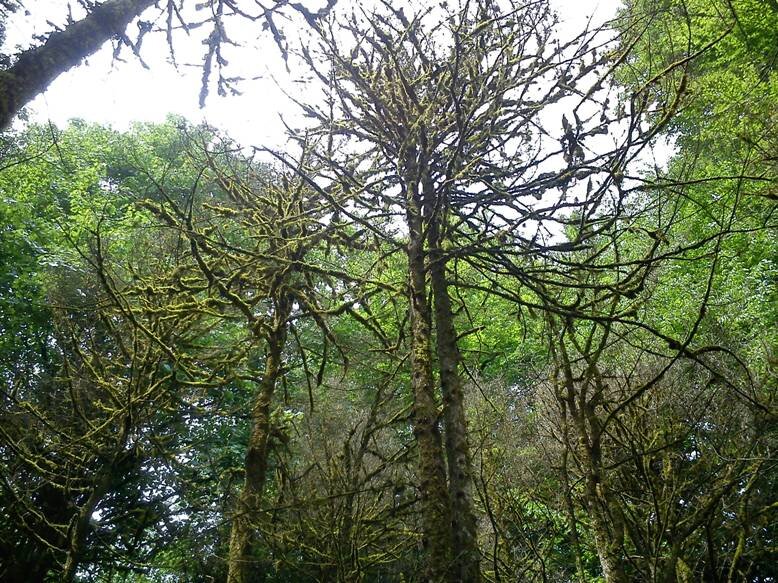Efforts being made to preserve endangered Buxus hyrcana

TEHRAN – The Department of Environment (DOE) and the Forests, Range and Watershed Management Organization are taking measures to preserve Buxus hyrcana which are dying owing to pests and diseases, Hamid Zohrabi, deputy DOE chief has announced.
Buxus sempervirens, the common box, European box, or boxwood, is an evergreen shrub or small tree growing up to 1 to 9 meters tall, with a trunk up to 20 centimeters, native to western and southern Europe, northwest Africa, and southwest Asia. Buxus hyrcana of northern Iran and eastern Caucasus are commonly treated as synonyms of B. sempervirens.
Several species of oak, chestnut, hornbeam, and Buxus have been severely affected by pests and diseases in the northern forests of the country.
Although, the “breathing plan” banning exploitation of endangered forests in northern part of the country has been implemented, the forests are still under pressure of diseases.
In January 2017 in line with the laws regulating all aspects of policy making and project managements with regard to environmental factors Majlis [Iranian parliament] has prohibited any exploitation of endangered forests by the fourth year of implementing the sixth five-year national development plan (2016-2021).
With 157 MPs voting for the bill, exploitation of forests for commercial and industrial purposes will be brought to a halt by 2020. By that time all exploitation contracts will be expired and none will be renewed.
All exploitation projects will be banned with the exception of broken branches, fallen or damaged trees which can be only authorized by the Forests, Range, and Watershed Management Organization.
The two organizations have so far planned measures to save the unique plant species, Zohrabi said, ISNA reported on Wednesday.
The establishment of a special working group on natural resources and the environment put in priority to study pests and diseases, determine the number of infected trees and reach efficient solutions to overcome it, he explained.
He went on to note that the working group should also come up with solutions to destruction and occupation of forests, and wildfires.
In addition, to fight the pests and diseases, the maps showing the distribution of trees in Hyrcanian forest will be prepared with provincial natural resources forces in attendance, he added.
Since effective counteracting with box tree moth, an invasive pest causing severe damage to boxwood and Buxus trees, requires the cooperation of different bodies, so a special working group will be set up to pursue the issue, he also highlighted.
What pushes magnificent Buxus hyrcana toward extinction?
Boxwood forests stretches to 40,000 hectares in the northern part of the country, almost the entire area has been infected with pest and disease. Only 450 hectares located in Golestan province are not highly infected.
The disease factor can remain in soil for years and start to affect in appropriate heat and moisture conditions.
Human intervention in forest ecosystems has reduced the resilience of forests and provided favorable conditions for the development of pests and diseases.
On the other hand, climatic conditions, such as rising temperatures, reducing rainfall and droughts, changes in vegetation cover have exacerbated the situation.
Climate change, sand and dust generation, unsustainable exploitation of forest woods and implementation of some construction projects are the other main reasons behind that.
Reza Sheikhpour, an expert in the field of natural resources, said that Hyrcanian forest in northern Iran has undergone a 15 percent fragmentation due to land use changes for agricultural and residential purposes over recent years, while it already is highly suffering from pests and diseases.
If deforestation process or illegal construction of roads and dams continue, undoubtedly, Hyrcanian forest will disappear within the next 70 years, he added.
FB/MG
Leave a Comment